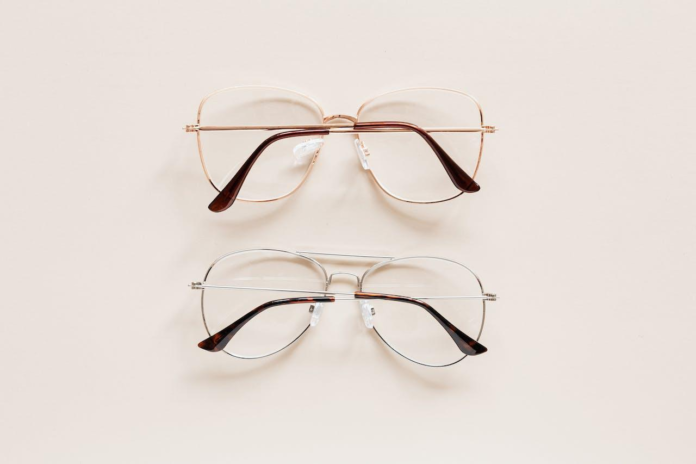Clear vision is more than just a physiological necessity; it’s a doorway to the world around us. From the vibrant colors of a sunset to the intricate details of a written page, our vision allows us to appreciate, navigate, and interact with our environment.
But what happens when our vision becomes blurred or distorted? It can impact our quality of life, limit our activities, and even lead to serious health concerns. Luckily, there are effective ways to protect and enhance our vision.
In this blog post, we’ll explore six tips to help you transition from distorted to distinct vision.
Regular Eye Check-ups
Routine eye exams are critical for maintaining good vision and eye health. They allow for the early detection of potential vision issues, making treatment more effective.
It’s recommended to have a comprehensive eye exam every one to two years, depending on your age, risk factors, and whether you currently wear eyeglasses or contact lenses. Regular check-ups can help you avoid progressive vision distortions and keep your sight sharp and clear.
Healthy Diet
Did you know that what you eat can impact your vision? Certain nutrients like omega-3 fatty acids, lutein, zinc, and vitamins C and E can help ward off age-related vision problems such as macular degeneration and cataracts.
Foods rich in these nutrients include green leafy vegetables, oily fish, non-meat protein sources like beans and eggs, citrus fruits, and nuts. Incorporating these foods into your diet can help maintain healthy vision.
Limiting Screen Time
In our digital age, it’s hard to avoid screens. However, excessive screen time can lead to digital eye strain, causing blurry vision, trouble focusing, and even headaches.
To protect your eyes, follow the 20-20-20 rule: every 20 minutes, look away from your screen and focus on something 20 feet away for 20 seconds. Also, consider adjusting your screen’s brightness and contrast to reduce strain.
Wearing Protective Eyewear
Whether you’re engaged in a high-risk activity or just spending a sunny afternoon outdoors, protective eyewear can help keep your vision clear and your eyes safe. Safety glasses and sports goggles can protect against injury, while sunglasses can shield your eyes from harmful UV rays.
All sunglasses are not created equal; choose ones that block out 99% to 100% of both UVA and UVB radiation.
Getting Surgeries
In certain cases, vision correction surgeries can be an effective way to improve vision clarity. Common procedures include LASIK, PRK, and refractive eye surgeries, which reshape the cornea to correct vision distortions.
For instance, astigmatism can be corrected with Astigmatism Refractive Eye surgeries arapahoe county co to provide clear, distortion-free vision. However, it’s important to have a thorough consultation with an ophthalmologist to discuss your suitability for surgery, potential risks, and benefits.
Using Proper Lighting
Inadequate or harsh lighting can cause eye strain and blurry vision. Ensure your environment is well-lit when reading or working on the computer. Avoid direct light sources that cause glare on your screen or in your field of vision. Instead, opt for soft, indirect lighting.
If needed, consider using a desk lamp with a movable shade that can be adjusted to the optimal lighting condition.




